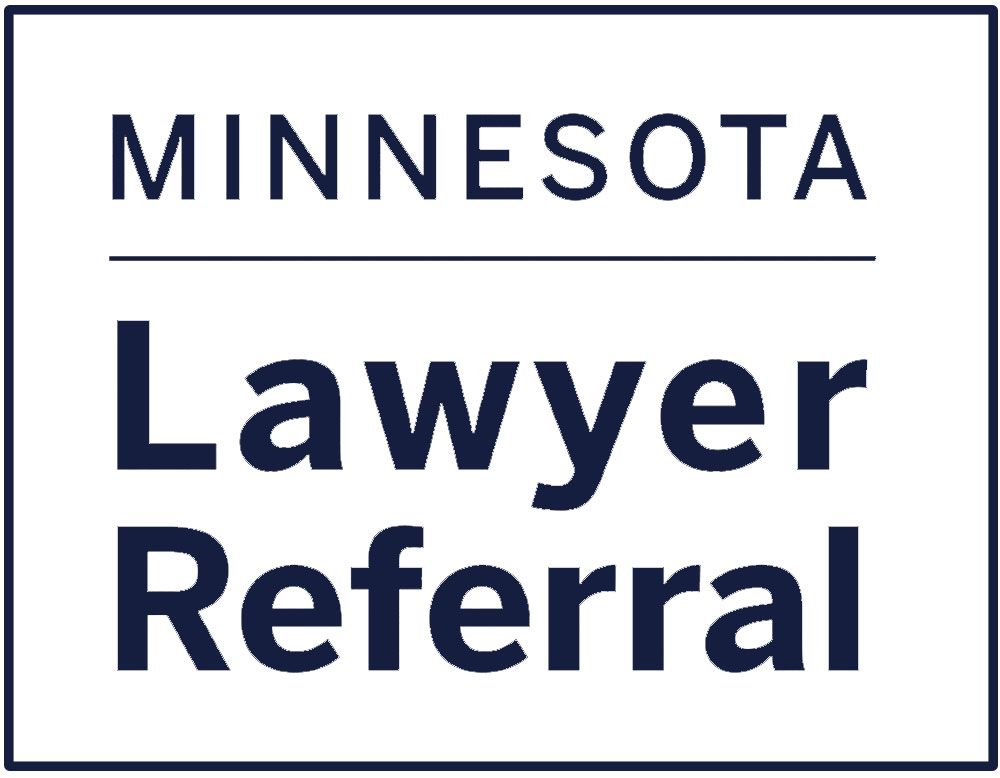Civil lawsuits usually involve one person or business attempting to hold another person or business liable for some type of harm or wrongdoing through legal action. In most cases one party is seeking monetary compensation from the other, but some civil cases may be brought in efforts to change policies, enforce contracts or win some other kind of resolution.
Civil cases are distinct from criminal cases. Criminal cases are brought by governments to enforce or punish people or businesses for actions that were against public statutes/laws. Civil cases are generally brought by individuals or businesses. However, some governmental entities can pursue civil actions against people, businesses or other governmental entities.
Civil disputes that can’t be settled through pre-trial negotiations will move on to a trial phase. The plaintiff argues their case in front of a judge (bench trial) or juries presided over by a judge (jury trial). The defense attempts to counter the plaintiff’s arguments with their own. The judge or jury makes a ruling based on evidence and arguments from both the plaintiff and defendant.
Tort Law
A tort is either an action or inaction that results in some kind of harm to another person or entity. The action or inaction needs to be a civil wrong (against the law) and justify imposing relief.
Tort law covers many different things. Criminal wrongdoing can also be pursued civilly through a tort claim. The government might prosecute the wrongdoer criminally, but their victims can also pursue a civil trial.
A business can bring a tort claim against another business for breaking a contract. A person can bring a tort claim against someone who injured them in a car crash. Students can bring tort cases against schools over perceived violations of free speech. The list of possible tort cases is essentially endless.
Categories for Civil Lawsuit Cases
Personal Injury Cases
Personal injury cases involve an individual suing another person or company for injury or harm caused by negligence to collect damages (monetary relief). The victim, otherwise known as the plaintiff, seeks to obtain monetary compensation from the defendant for their injury or loss.
Intentional, Negligent or Strict liability
Intentional torts are intentional actions taken by the defendant against the plaintiff. These can include things like assault, battery or infliction of emotional distress.
A negligent tort is done unintentionally. The argument presented by the plaintiff in a negligence case is that the defendant could have prevented harm from occurring had they comported themselves to existing statutes.
Strict liability tort cases are similar to negligence in that they are unintentional. The difference arises from the duty of care. A product manufacturer can be held strictly liable for products that hurt people not because of a breach of duty but because their product caused harm.
Duty of Care
Negligence always hinges on a duty of care:
- Person or entity A owed person or entity B a duty of care
- Person or entity A breaches their duty of care
- Person or entity B is injured as a result
In most negligent tort cases the injured party must be able to prove not only that they were owed a duty of care and it was breached but that they suffered specific, measurable damages as a result.
Breach of Contract Claims
Breach of contract is fairly self-explanatory. One or both of the parties involved in the contract make claims that the agreements of the contract were not met.
In order to have a breach of contract claim, you must prove:
- The existence of a contract
- Requirements of the contract
- That any changes made in the contract were agreed upon
- A breach occurred
- How the breach of contract occurred
- Specific damages were caused by the breach of contract
Breaches of contract can be material or minor depending on which aspects of the contract were not met or were met below expectations. Breach of contract civil lawsuits usually happen between business entities.
Equitable Relief
Equitable relief claims, or equitable remedies, are demanded to restore an injured or aggrieved person to their state of being before a wrongful action occurred. Equitable remedies are non-monetary solutions meant to resolve the dispute. They are most frequently sought in contract disputes.
Part of the resolution is the court enforcing compliance or punishing continued non-compliance with additional civil or criminal penalties.
Landlord and Tenant Issues
These cases are meant to resolve disputes between landlords and tenants. They can come in many forms. Landlord and Tenant Law cases involve disputes over:
- Eviction
- Tenant rights
- Landlord rights
- Rent and security deposits
- Rental and leasing agreements
- Repairs and maintenance
You can learn more about relevant Minnesota laws here:
Taking a landlord and tenant dispute to court is often considered the last resort for resolving these issues. You can seek the assistance of an attorney if you become involved in a landlord-tenant dispute.
Do You Need Assistance With a Civil Case in Minneapolis?
While there are some general civil litigation trial attorneys , many tend to focus their practice on specific types of civil law like personal injury or business law.
The Minnesota Lawyer Referral and Information Service (MNLRIS) is a non-profit sponsored by the Hennepin and Ramsey County bar associations to help people in the Minneapolis–St. Paul area find a qualified lawyer for their case.
Our referral counselors can’t provide legal advice, but they can make sure you get a free consultation with a local lawyer near you who is qualified to represent your interests in any type of civil matter.
Call (612) 752-6699 to get help today.
The post What Is a Civil Lawsuit? first appeared on Minnesota Lawyer Referral and Information Service.




